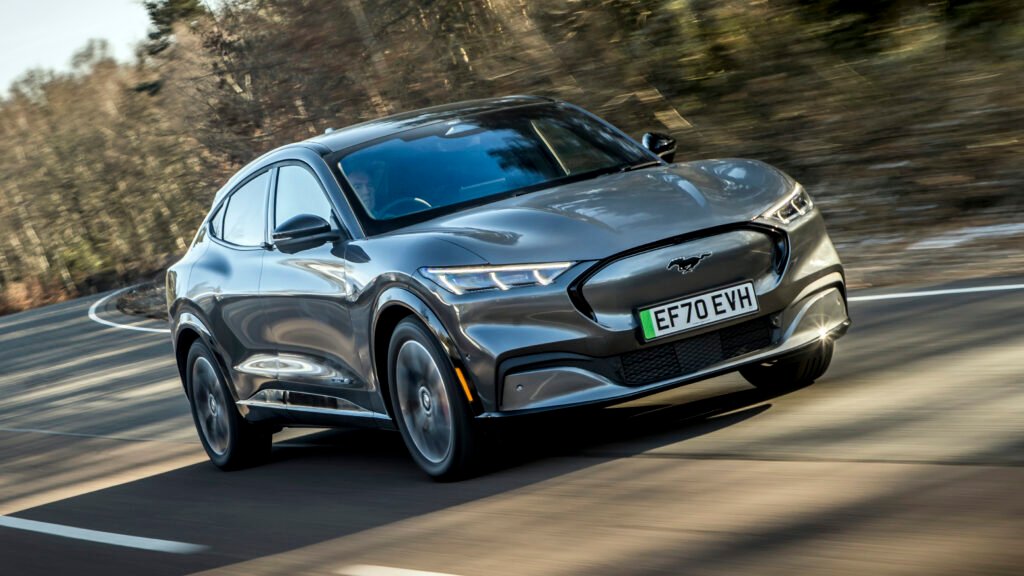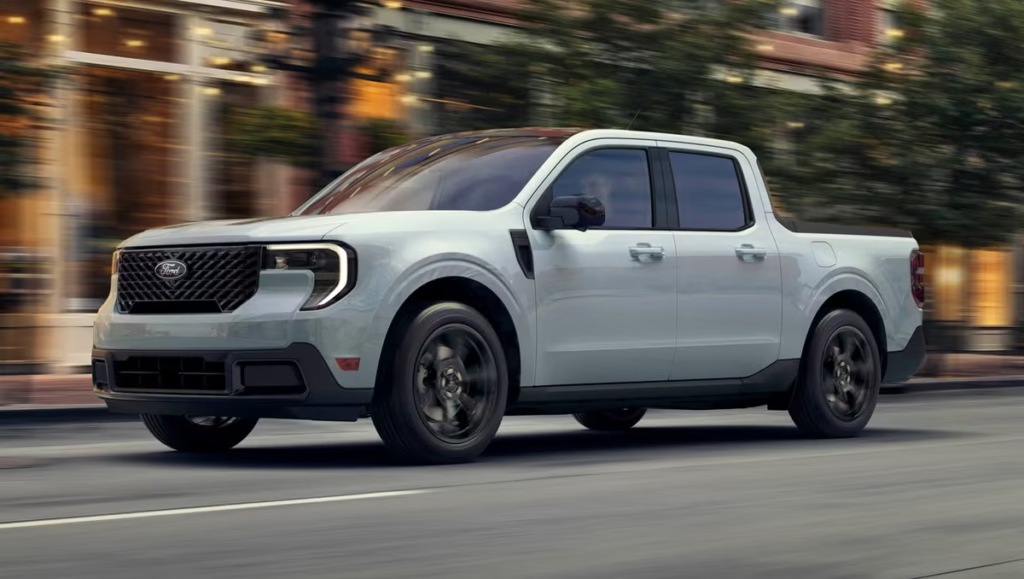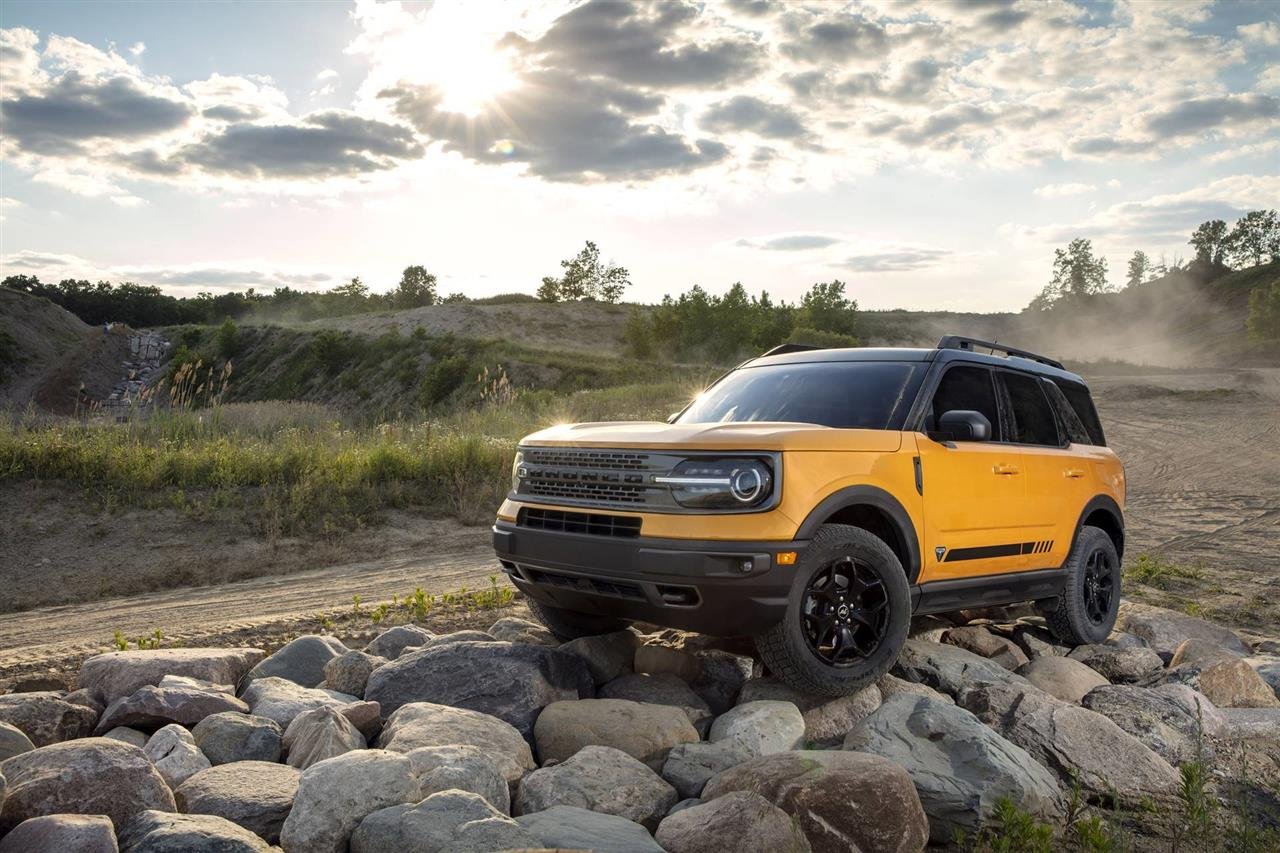In a move that caught both consumers and analysts off guard, Ford Motor Company has raised the manufacturer’s suggested retail price (MSRP) on three of its most popular U.S. models built in Mexico: the Ford Mustang Mach-E, Maverick pickup, and Bronco Sport SUV. The increase—ranging from $600 to $2,000 depending on the model and trim—comes on the heels of public statements from Ford leadership downplaying the likelihood of significant pricing shifts across the auto industry.
So, what changed?
Tariffs Are the Culprit—But Not the Only One
Ford attributes the sticker price increases to a combination of its traditional mid-year pricing adjustments and newly imposed tariffs on imported vehicles and parts. Since April 3, vehicles imported into the United States from Mexico and other countries have been hit with tariffs of up to 25%. This includes more than 100 categories of auto parts, making the cost of building vehicles abroad and shipping them stateside significantly higher.
“These increases are part of our usual mid-year pricing actions combined with some tariffs we are facing,” said Ford spokesman Said Deep. “We have not passed on the full cost of tariffs to our customers.”
The company emphasized that the higher prices won’t affect vehicles already on dealer lots—only those produced after May 2, which are expected to arrive later this summer.
For more on this development, check out this detailed report from Reuters.

A Competitive Gamble Amid Tariff Turmoil
Ford’s timing is especially intriguing given recent comments from CFO Sherry House, who just days earlier said she didn’t foresee significant U.S. vehicle price hikes in 2025. At the time, Ford projected that industrywide price changes due to tariffs would hover around 1% to 1.5% in the second half of the year.
So, what’s the strategy?
According to CEO Jim Farley, pricing decisions in today’s climate are highly competitive. “Half the industry in the U.S. is imported, and they have $5,000 to $10,000 [in] costs. Will they just absorb those? Will they pass them on to customers?” he asked rhetorically. “That will be a big decision.”
Despite the increase, Ford continues to offer promotional “employee pricing” for all customers through the July 4th holiday, effectively cushioning the blow in the short term.
How Much Will You Pay Now?
Here’s a quick look at the revised starting MSRPs:
- Ford Maverick: Still under $30,000, now starting at $28,145
- Ford Bronco Sport: Begins at $29,795
- Ford Mustang Mach-E: Starts at $37,995
For some trims, such as the Outer Banks edition of the Bronco Sport, the price jump is about $1,200, while the Mustang Mach-E sees the steepest increase at $2,000. Destination fees are also up by $100 across some trims.
While this doesn’t necessarily mean customers will pay $2,000 more at the dealership—prices are often negotiated—the MSRP is a strong indicator of where prices are headed.
Why Ford’s Move Might Actually Help
In a market where transparency is rare, Ford’s decision to be upfront about price increases could earn customer trust. Analysts like Paul Waatti from AutoPacific believe that Ford’s honest pricing approach may strengthen its reputation. “All automakers aren’t going to be as upfront about it,” he said. “That honesty, I think, is ultimately going to play in Ford’s favor.”
Furthermore, Ford assembles 80% of its U.S. vehicle inventory domestically, giving it a unique position to gain market share from more import-reliant competitors like General Motors, Hyundai, and Stellantis.

Dealers React: Mixed Feelings but High Demand
Despite the increases, many Ford dealers aren’t too worried. Eddie Stivers, who chairs Ford’s Dealer Council, noted, “We expected more. It’s not abnormal to have a pricing action at this time of year.” He also praised Ford’s transparency and said demand for the Maverick and Mach-E remains strong.
Jim Seavitt of Village Ford in Dearborn added, “I’m not delighted about it. But the silver lining is it could’ve been worse.”
Final Thoughts: A Sign of More to Come?
Ford’s move could be the first domino to fall. While competitors like GM and Hyundai have held off on pricing changes, many analysts believe they won’t be able to avoid it for long. When non-tariffed inventory runs out—and it will—the costs will trickle down to consumers.
As Ford navigates tariffs, consumer expectations, and global supply chains, the auto industry watches closely. If history is any indicator, Ford’s bold pricing shift may soon become the new norm across the board.

